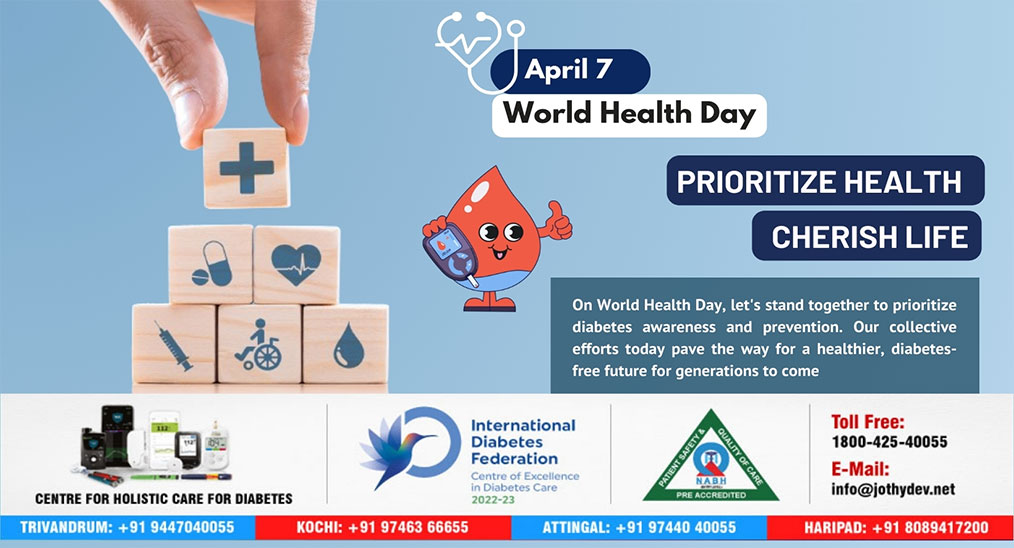1. Will 1-h plasma glucose redefine the current diagnostic criteria for type 2 diabetes?

Many individuals with intermediate hyperglycaemia (IH), including impaired fasting glycaemia (IFG) and impaired glucose tolerance (IGT), as presently defined, will progress to type 2 diabetes (T2D). Mounting evidence underlines the finding that T2D can be prevented by lifestyle modification and/or medications, in people with IGT diagnosed by 2-h plasma glucose (PG) during a 75-gram oral glucose tolerance test (OGTT). Over the last 4 decades considerable number of studies had confirmed the superior value of 1-h plasma glucose (PG) over fasting PG (FPG), glycated haemoglobin (HbA1c) and 2-h PG in populations of different ethnicity, sex and age in predicting diabetes and associated complications including death. In the current scenario were the prevalence of T2D is rising at an alarming level, a more sensitive, practical method is needed to detect people with IH and T2D for early prevention or treatment in the often lengthy trajectory to T2D and its complications.
A new position statement from the International Diabetes Federation advises using a 1-hour 75-g oral glucose tolerance test (OGTT) to improve identification of people at risk of developing type 2 diabetes. The new guidance is based on increasing evidence that the 1-hour test is a better predictor than other tests, including the 2-hour OGTT, of progression to type 2 diabetes and its associated complications, in different populations. A plasma glucose of 155 mg/dl or greater on the 1-hour post-75-g test can identify people with undiagnosed type 2 diabetes or who are at increased risk but who have "normal" glucose tolerance as defined by an A1c < 5.7% (38.8 mmol/mol), a fasting plasma glucose < 100 mg/dL (5.6 mmol/L), or a 2-hour value below 140 mg/dL (7.8 mmol/L).
1-h PG test can be considered as a potential strategy to identify the early detection of high-risk people for intervention to prevent progression to T2D which will benefit the sizeable and growing population of individuals at increased risk of T2D. Using a 1-h OGTT, subsequent to screening with a non-laboratory diabetes risk tool, and intervening early will favourably impact the global diabetes epidemic.
For enquiries info@jothydev.net.
Please visit: jothydev.net | research.jothydev.com | diabscreenkerala.net | jothydev.com/newsletter




